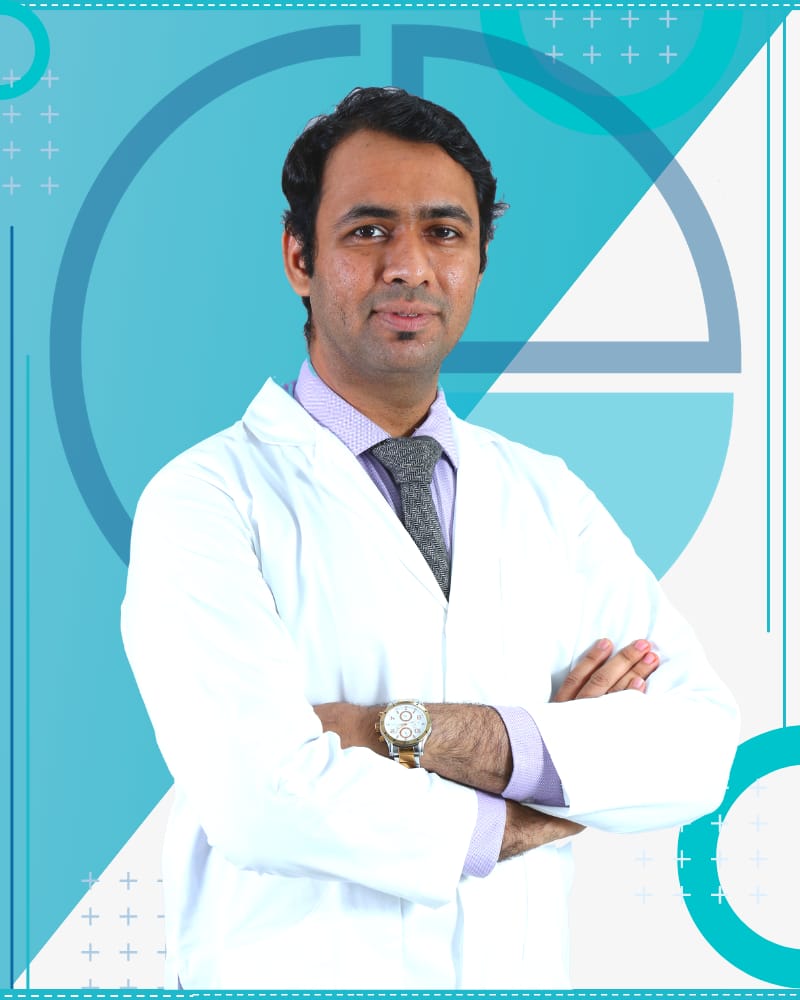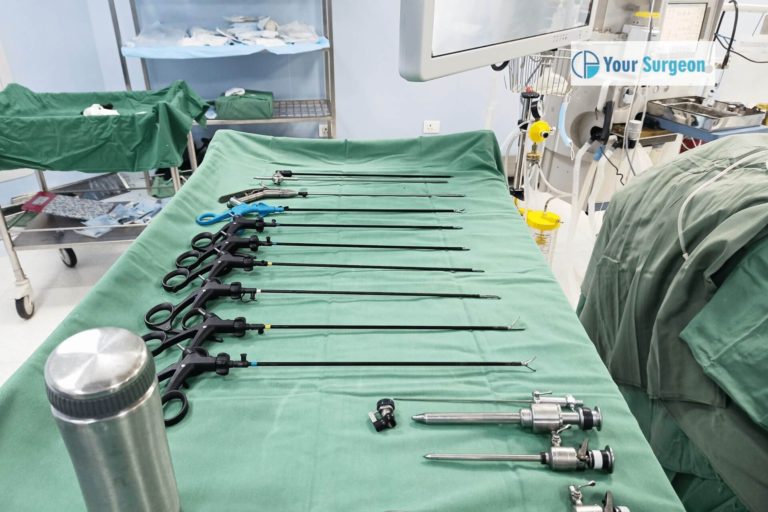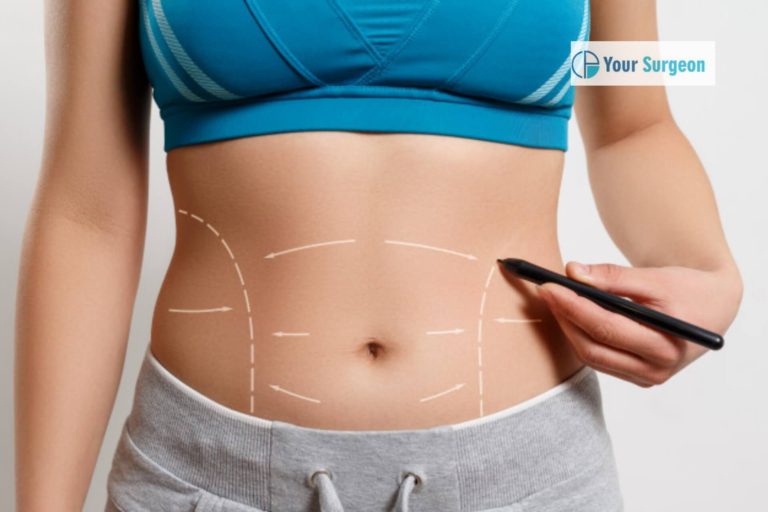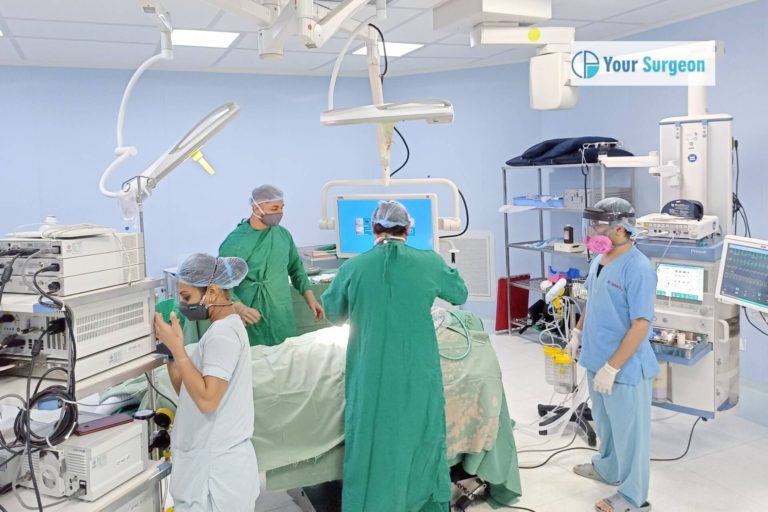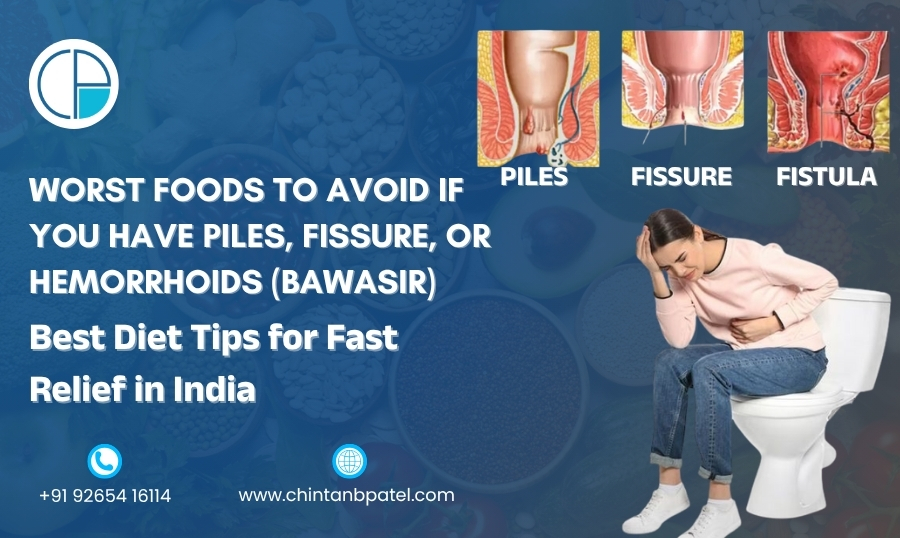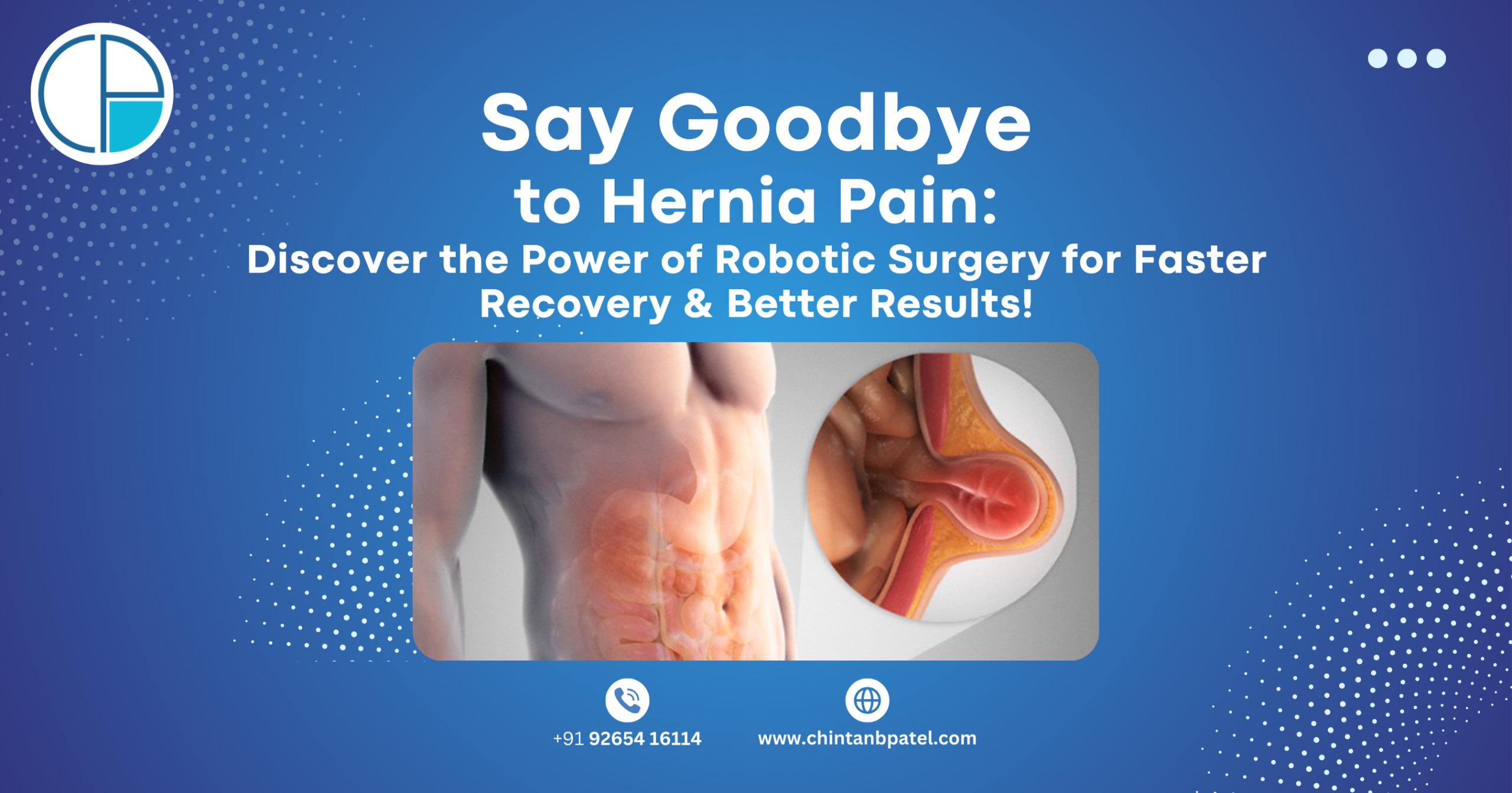Online Consultation
Consult Your Surgeon Dr Chintan B. Patel Online by Video Conferencing, Voice & Chat.
Book an Appointment
Book Appointment for Routine Consultation or Check-Up at Kiran Multispecialty Hospital, Surat.
Visiting Hours
Monday - Saturday
Morning: 10:00 AM - 12:00 PM
Evening: 04:00 PM - 07:00 PM

Leading Bariatric Laparoscopic and General Surgeon of Surat...
Meet Your Surgeon Dr. Chintan B. Patel
- India’s leading & Best Bariatric Laparoscopic and General Surgeon Dr Chintan B Patel is now available at Kiran hospital Surat, Gujarat.
- Our major areas of specialization include Inguinal Hernia, Bariatric, Appendix, Umbilical Hernia, Gallstones, Piles or Hemmorhoids, Fistula, Varicose Veins, Pilonidal sinus, Diabetic foot, Cosmetic Breast & Laser surgeries.
AWARDS & HONORS
Why Choose us ?

Experienced Surgeon
Your health is your most important asset. Entrust it only to the best doctor team in Surat, Gujarat, India

Personalized Treatment
Customized Approach as per grade & stage of disease & illness

Quality and Safety
3D Laparoscopic Ligasure, LASER, ICG Flourescence Imaging

Immediate Service
24/7 clock Availablity - Emergency Services & Trauma Center
patient - feedback / testimonials
"This is the cleanest, well equipped and best hospital in town. My son was operated here for a conditon pilonidal sinus by Dr. Chintan Patel. He is a very good doctor, a humble and down to earth person who has concern for his patients. The follow ups went quite easily. So my overall experience was good. So in my opinion, if u r planning for a medical treatment or surgery just visit Kiran hospital once n then decide the same."
Diplali PritmaniVesu, Surat
"I appreciate Dr Chintan sir for genuine advise for my health. He is best Bariatric Laparoscopic and General Surgeon, His proper guidance, diagnosis and treatment gave me a new healthier life. Patience , knowledge , experience and great hospital infrastructure all in one place is rarity"
Vishal DondaSurat
"My father having problem of Inguinal hernia on left side... We are aproaching kiran hospital for the surgery... We meet dr chintan patel for the surgery. He guided us in a very fine way and suggest us to go for laproscopic surgery. So we are doing same way as dr chintan patel suggest us. Now my father is allright .. Operation is very succesful and we are very happy for the treatment given and we are very thankful to dr. Chintan patel and ofcourse kiran hospital for provide us the best facilities. It was totally cashless treatment provide by us from kiran hospital.. Thanks again to dr. Chintan patel"
Satish LuvaniSurat, Gujarat
" Hi kiranhospital, greetings from mahendra patel. I feel so proud about kiran hospital that such a nice and clean hospital in surat.really amazing experience ever i had in my life. Fantastic treatment respectful staff. Economically best.management is very honest.again lots of thanks to patidar samaj.specially appreciation to dr. Chintan patel.keep it up.👍👍 "
Mahendra Patel, SegwaNRI, USA
Blog / Recent news
Best Home Diet for Piles (Bawasir) and Fissure in Ano Treatment to cure Naturally at Home bina operation
Posted by drchintanbpatel
Looking for the best home remedy diet to treat piles (bawasir) and anal fissure naturally? You’re in the right place!…
Worst Foods to Avoid If You Have Piles, Fissure, or Hemorrhoids (Bawasir) – Best Diet Tips for Fast Relief in India
Posted by drchintanbpatel
Agar aap piles, fissure, ya hemorrhoids se pareshaan hain, toh aapka diet sahi hona bahut zaroori hai! Galat khane ki…
Top 7 Preventive Tips to Avoid Hernia Before It Starts
Posted by drchintanbpatel
A hernia can develop silently — and suddenly impact your daily routine. As a leading laparoscopic hernia surgeon in Surat,…
पाइल्स (बवासीर) के इलाज के बाद किन सावधानियों का रखें ध्यान?
Posted by drchintanbpatel
पाइल्स, जिसे आम भाषा में बवासीर कहा जाता है, एक सामान्य लेकिन कष्टदायक समस्या है। इसका इलाज करवाने के बाद…
Say Goodbye to Hernia Pain: Discover the Power of Robotic Surgery for Faster Recovery & Better Results!
Posted by drchintanbpatel
Why Robotic Hernia Surgery is a Game-Changer! When it comes to hernia repair, traditional methods like open surgery or laparoscopic surgery are being outpaced…


